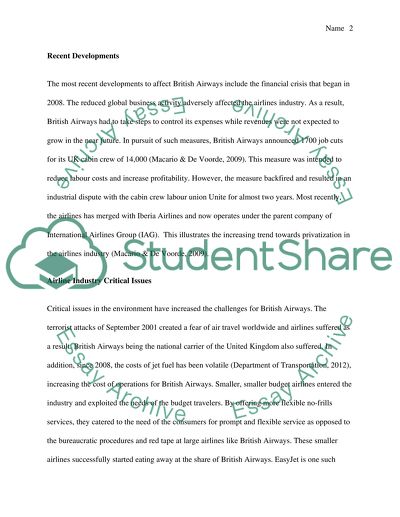Cite this document
(“Critical Evaluation of Bureaucracy Essay Example | Topics and Well Written Essays - 2500 words”, n.d.)
Critical Evaluation of Bureaucracy Essay Example | Topics and Well Written Essays - 2500 words. Retrieved from https://studentshare.org/miscellaneous/1613987-critical-discussion-of-bureaucracy
Critical Evaluation of Bureaucracy Essay Example | Topics and Well Written Essays - 2500 words. Retrieved from https://studentshare.org/miscellaneous/1613987-critical-discussion-of-bureaucracy
(Critical Evaluation of Bureaucracy Essay Example | Topics and Well Written Essays - 2500 Words)
Critical Evaluation of Bureaucracy Essay Example | Topics and Well Written Essays - 2500 Words. https://studentshare.org/miscellaneous/1613987-critical-discussion-of-bureaucracy.
Critical Evaluation of Bureaucracy Essay Example | Topics and Well Written Essays - 2500 Words. https://studentshare.org/miscellaneous/1613987-critical-discussion-of-bureaucracy.
“Critical Evaluation of Bureaucracy Essay Example | Topics and Well Written Essays - 2500 Words”, n.d. https://studentshare.org/miscellaneous/1613987-critical-discussion-of-bureaucracy.


